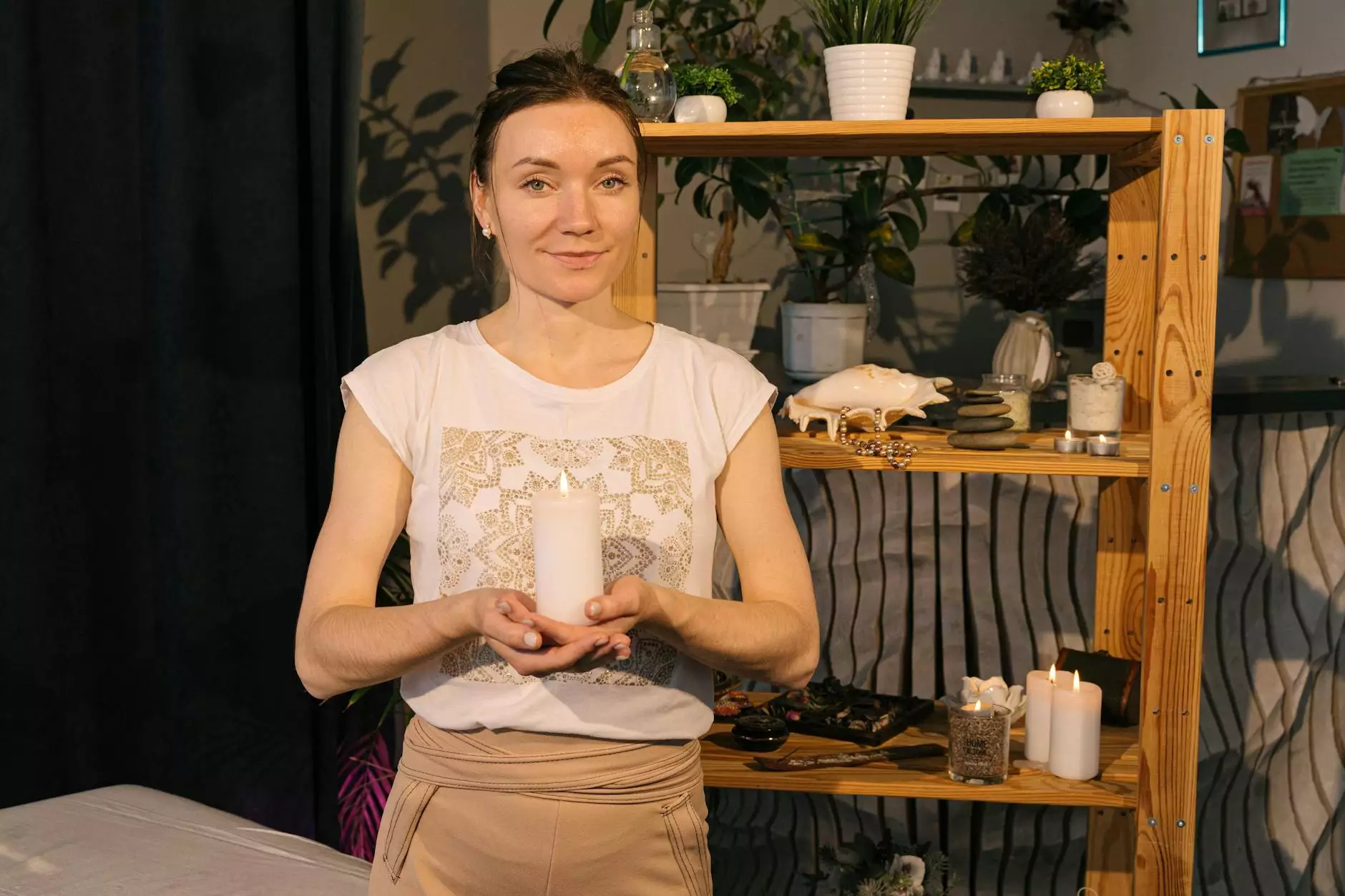Improve Shoulder External Rotation: Techniques and Benefits

Understanding how to improve shoulder external rotation is essential for anyone seeking to enhance their physical performance, prevent injuries, and maintain overall shoulder health. The shoulder is one of the most flexible and complex joints in the human body, and improving its range of motion can significantly impact daily activities and athletic performance.
What is Shoulder External Rotation?
Shoulder external rotation is the movement of the upper arm away from the body in a rotational manner. It primarily involves the rotator cuff muscles, particularly the infraspinatus and teres minor. This motion plays a crucial role in various activities, from lifting and throwing to reaching overhead.
Importance of Shoulder External Rotation
Cultivating efficient shoulder external rotation is vital for several reasons:
- Enhanced Performance: Athletes in sports such as baseball, swimming, and tennis benefit from improved shoulder mechanics and mobility.
- Injury Prevention: Properly functioning shoulder muscles can help prevent common injuries like rotator cuff tears.
- Improved Posture: Balanced shoulder function contributes to better alignment and reduced strain on surrounding muscles.
Common Issues with Shoulder External Rotation
Many individuals experience limited shoulder external rotation due to various factors:
- Poor Posture: Slouching and forward head posture can lead to muscle tightness and imbalances.
- Lack of Flexibility: Tightness in the chest and anterior shoulder muscles restricts outward movement.
- Injuries: Previous injuries can affect the stability and functionality of the shoulder joint.
Techniques to Improve Shoulder External Rotation
1. Stretching Exercises
Stretching is crucial for improving flexibility and range of motion:
Cross-Body Shoulder Stretch
To perform this stretch:
- Stand or sit with a straight back.
- Take one arm across your body at shoulder height.
- Use your opposite hand to gently pull the arm closer to your chest.
- Hold for 20–30 seconds, then switch sides.
Doorway Stretch
This stretch targets the pectoral muscles which can inhibit shoulder rotation:
- Stand in a doorway with your forearms resting on the door frame.
- Step forward with one foot, feeling a stretch in the front of your shoulders.
- Hold for 20–30 seconds. Repeat a few times.
2. Strengthening Exercises
Strengthening the muscles around the shoulder joint can significantly enhance its function:
External Rotation with Band
This exercise enhances the strength of your rotator cuff muscles:
- Anchor a resistance band at elbow height.
- Stand with your side facing the band and hold it with the hand furthest from the anchor point.
- Bend your elbow to 90 degrees and keep it tucked at your side.
- Rotate your arm outward against the band’s resistance.
- Perform 2-3 sets of 10–15 repetitions for each arm.
Seated Dumbbell External Rotation
This exercise also targets the rotator cuff:
- Sit on a bench with a dumbbell in one hand.
- Bend your elbow to 90 degrees and rest it against your inner thigh.
- Rotate your arm outward, lifting the dumbbell away from your body.
- Lower it back down and repeat for 2-3 sets of 10-15 repetitions.
3. Mobility Drills
Incorporating mobility drills can enhance shoulder stability and control:
Shoulder Pass-Throughs
This exercise promotes shoulder mobility:
- Hold a resistance band or a lightweight stick in front of you with both hands.
- Raise it overhead while keeping your arms straight and then gradually bring it down behind your back.
- Repeat for 10-15 repetitions while maintaining a comfortable range of motion.
4. Yoga and Pilates
Practicing yoga or Pilates can be incredibly beneficial for shoulder mobility:
Downward Dog Pose
This yoga pose stretches the shoulders, back, and hamstrings:
- Start on your hands and knees.
- Raise your hips towards the ceiling, forming an inverted V shape.
- Press your heels towards the floor and feel the stretch in your shoulders.
- Hold for 20-30 seconds while breathing deeply.
Integrating Shoulder External Rotation into Daily Life
Improving shoulder external rotation should not be limited to isolated exercise sessions. Here are several strategies to incorporate these principles into your daily life:
- Mindfulness: Stay aware of your shoulder position when sitting or standing.
- Breaks: Take frequent breaks during prolonged activities to perform shoulder mobility stretches.
- Ergonomic Setup: Arrange your workstation to promote better shoulder alignment and reduce strain.
Signs You Need to Focus on Shoulder External Rotation
Many people disregard the signs that indicate the need for shoulder external rotation improvement. Here are some common symptoms:
- Pain: Discomfort in the shoulder joint or surrounding muscles.
- Stiffness: Difficulty reaching behind your back or overhead.
- Weakness: Reduced strength when lifting objects at shoulder height.
When to Seek Professional Help
While many shoulder issues can be remedied through self-care strategies, it’s essential to recognize when to seek professional assistance:
- Persistent pain that doesn’t improve with home care measures.
- Inability to perform daily activities due to shoulder discomfort.
- History of shoulder injuries warranting expert evaluation.
Conclusion: Taking Action to Improve Shoulder External Rotation
Understanding how to improve shoulder external rotation is essential for optimal shoulder function, enhanced performance, and injury prevention. Incorporating the techniques mentioned above can lead to noticeable improvements in your mobility and overall shoulder health.
Remember, consistency is key. Whether through stretching, strengthening, or mobility drills, make these practices a regular part of your routine. For tailored advice and more information on shoulder health, consider consulting health and medical professionals such as chiropractors or physical therapists.
Invest in your shoulder health today, and enjoy the benefits of a stronger, more flexible upper body tomorrow!
For more expert advice on improving your physical health, visit IAOM-US.









